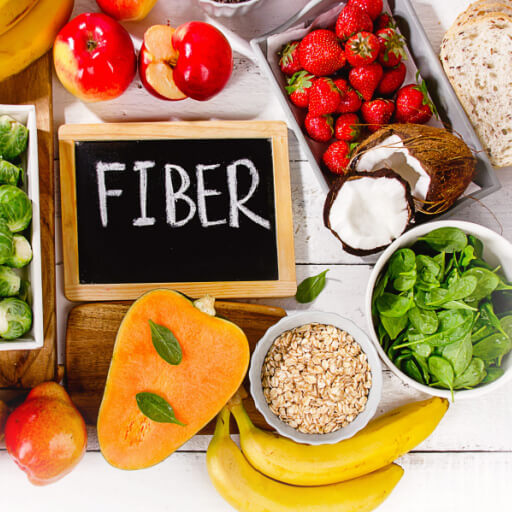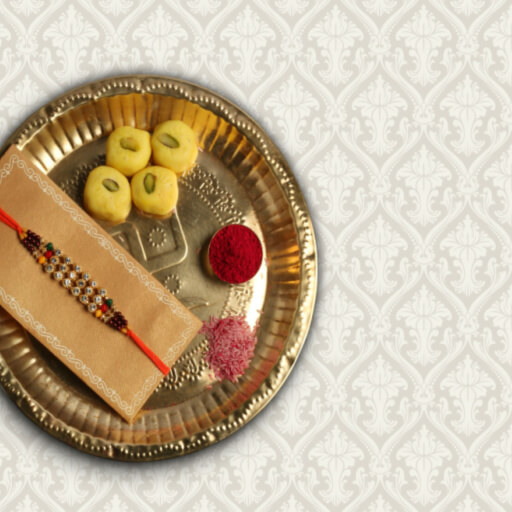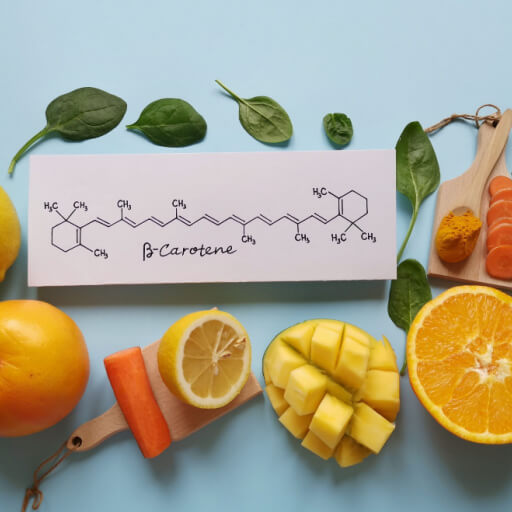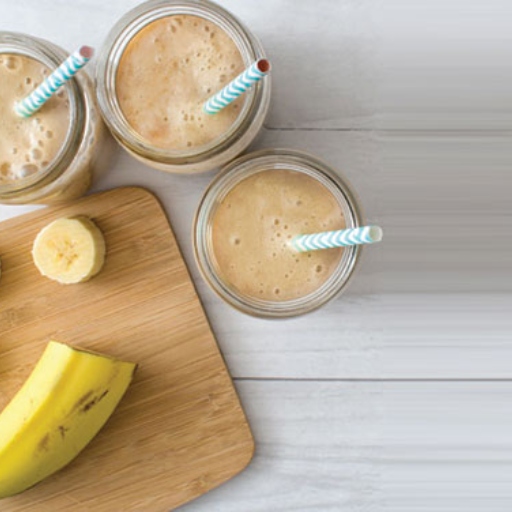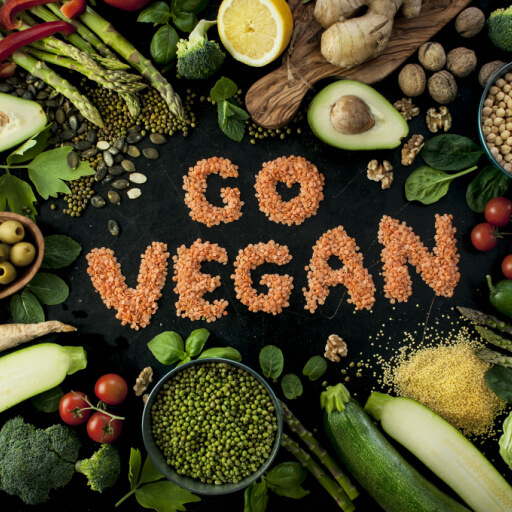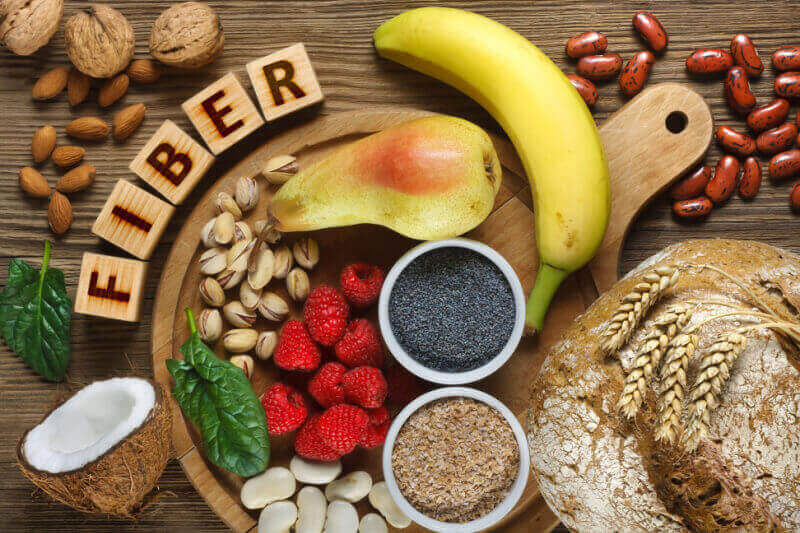
Dietary fiber is that part of plant-based food which passes through the digestive system without breaking down or being digested. Fiber is commonly found in fruits, vegetables, legumes, and whole grains. Also known as roughage at times, this is an essential nutrient and should be a part of our daily diet. There are two main types of fibers: soluble and insoluble fiber.
इनके बारे में जानें:
- Difference between soluble and insoluble fibers
- Benefits of soluble and insoluble fibers
- Food source of soluble fibers
- Foods source of insoluble fibers
Difference between soluble and insoluble fibers
Soluble fibers dissolve in water. It forms a jelly-like substance in your digestive system, slowing down digestion. Soluble fibers bind to cholesterol to lower cholesterol levels and prevent blood absorption. It also stops sugar absorption in the blood, thereby controlling blood sugar levels. As a result, it benefits individuals with diabetes and blood sugar. Additionally, soluble fiber acts as a prebiotic, nourishing your gut’s good bacteria while promoting its health.
While insoluble fiber doesn’t dissolve in water, it remains intact, adding bulk and promoting healthy bowel movements. Insoluble fiber eliminates waste and toxins and contributes to overall gut health by providing roughage that supports healthy digestion.
Incorporating soluble and insoluble fiber into your diet is essential for optimal health.
Benefits of soluble and insoluble fibers
Here are some benefits of consuming soluble and insoluble fiber daily.
Soluble fibers:
Soluble fiber dissolves in water and gastrointestinal fluids upon entering the stomach and intestines. Take a look at some benefits of soluble fiber:
- As a thick gel, these fibers block fats that would otherwise be digested and absorbed, thus lowering fat absorption and helping to manage diabetes and weight.
- This fiber traps bile (a fluid that aids in digestion, breaks the fats down into fatty acids, and contains cholesterol) that is released in the small intestine after a meal. This process prevents the bile from being reabsorbed further into the digestive tract and exits your body through the stool. Hence, soluble fiber contains dietary cholesterol from being digested and can reduce LDL cholesterol levels.
- यह अन्य पोषक तत्वों की पाचन दर को धीमा करता है. इसलिए, जिस भोजन में घुलनशील फाइबर होता है, उससे नहीं बढ़ती है ब्लड शुगर की मात्रा, thus reducing the risk of diabetes.
- Considering the abovementioned factors, a regular fiber intake can keep your heart healthy.
Insoluble fibers:
Insoluble fiber does not dissolve in water. Instead, it remains more or less intact and unchanged while moving through the digestive tract. Here are some benefits of insoluble fiber:
- इस फाइबर की मौजूदगी से अपशिष्ट पदार्थों की प्रोसेसिंग में तेज़ी आती है, और इस प्रकार यह आपको गैस्ट्रोइंटेस्टाइनल ब्लॉकेज और कब्ज से बचाता है.
- Since this fiber prevents intestinal blockage, it helps reduce the risk of developing small folds and hemorrhoids in the colon.
Both soluble and insoluble fiber can make you feel satiated and full.
Food source of soluble fibers
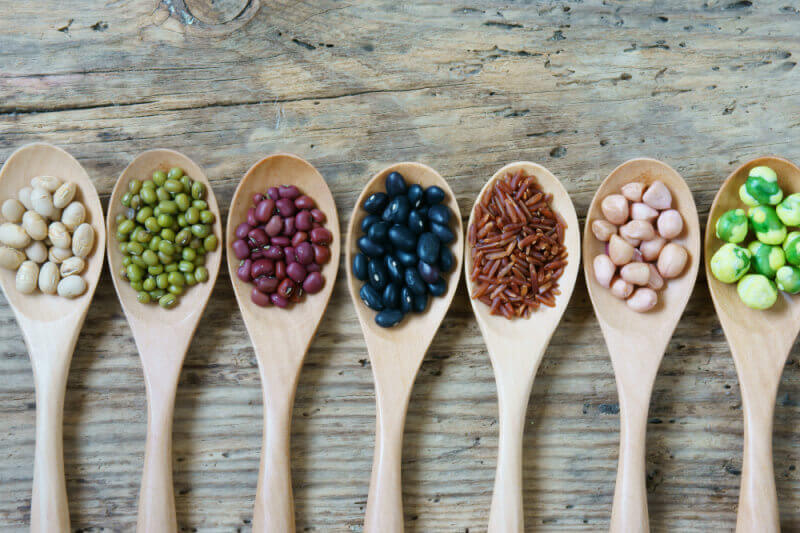
Here are some of the food sources of soluble fibers:
- दलिया: A bowl of oats is a fantastic source of soluble fiber that can control cholesterol levels and improve digestion.
- Lentils: Lentils are an excellent source of soluble fiber. Include dal (lentil soup) in your meals for a healthy dose of fiber.
- Apples: Apples are crisp, refreshing, and packed with soluble fiber, particularly in their skin.
- Oranges: This citrus fruit is a vitamin C powerhouse and a good source of soluble fiber. Enjoy oranges as a snack, or squeeze them into a refreshing glass of juice.
Foods source of insoluble fibers
Here are some of the best examples of insoluble fiber-rich food:
- Whole Wheat: Foods made from whole wheat, such as roti (Indian bread) and whole wheat pasta, contain insoluble fiber that promotes regular bowel movements and supports digestive health.
- Brown Rice: Opt for brown rice instead of polished white rice to benefit from its high insoluble fiber content.
- Quinoa: This ancient grain, gaining popularity in India, is a fantastic source of insoluble fiber. Enjoy quinoa in salads, bowls, or as a side dish for added fiber and nutrients.
- नट्स और सीड्स: Almonds, walnuts, chia seeds, and flaxseeds are rich in insoluble fiber. These nutritious additions to your diet contribute to a healthy digestive system.
Both soluble and insoluble fiber can make you feel satiated and full.
Stay tuned to the Activ Living Community. Keep up to date with the latest health tips and trends through expert videos, podcasts, articles, and much more in nutrition, fitness, mindfulness, and lifestyle conditions like Asthma, Blood Pressure, Cholesterol, and Diabetes.
You may also be interested in the following blogs:
- Eat These 5 Fiber-Rich Foods And Say Goodbye To Digestive Problems!
- The Great Mango Debate: Is This Fruit Safe For People With Diabetes?
Popular Searches
How to lower blood pressure | Fruits good for liver | Unhealthy foods | रागी के लाभ | बेसल मेटाबोलिक रेट | हाई ब्लड प्रेशर के लिए एक्यूप्रेशर पॉइंट्स | Ayurvedic medicine for blood pressure | How to control cholesterol at home | Homeopathy for Asthma | Biological Age | Home remedies for TB | Natural beta blockers | Negative effects of internet | Types of walking | ब्लड प्रेशर कैलकुलेटर | ब्लड शुगर कैलकुलेटर | BMI कैलकुलेटर





 1800-270-7000
1800-270-7000


